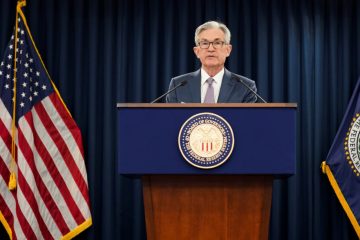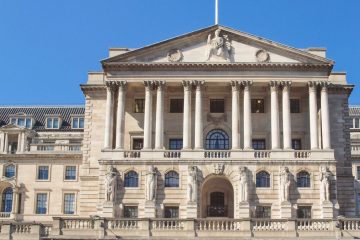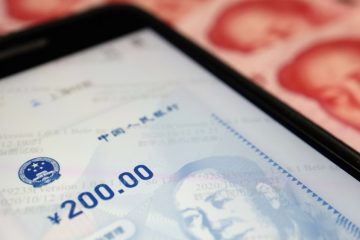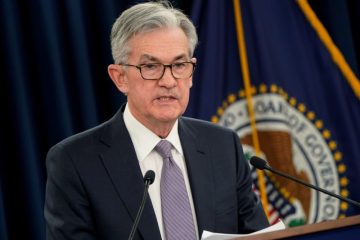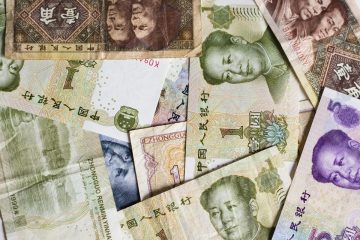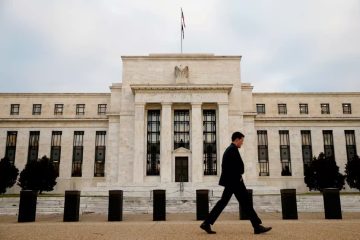Euro stays stable ahead of ECB meeting, but USD declines
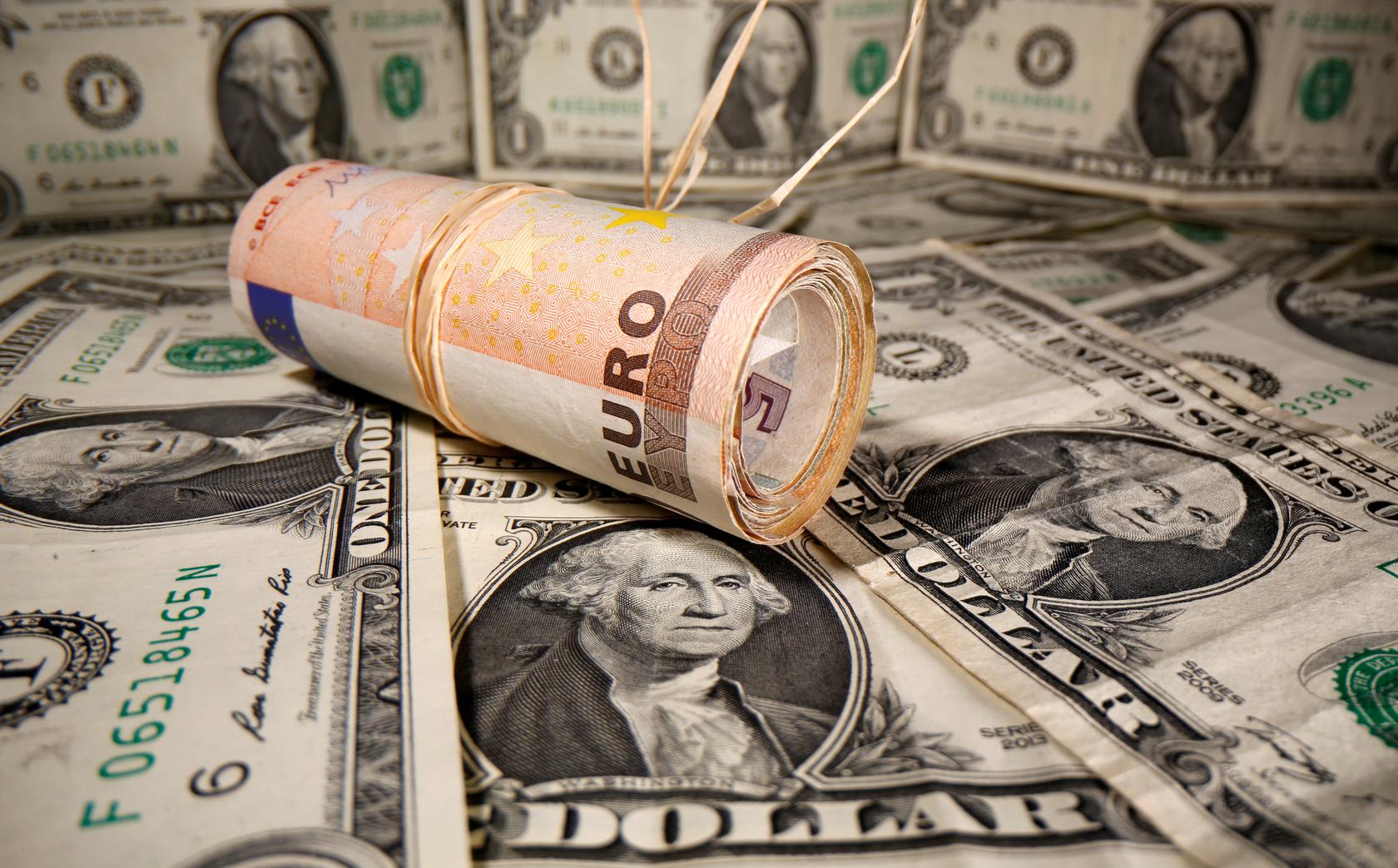
Euro stays stable ahead of ECB meeting, but USD declines
The euro strengthened slightly on Thursday in anticipation of a policy decision from the European Central Bank (ECB), with traders widely expecting a rate cut. Meanwhile, the dollar weakened as market participants increasingly anticipate a potential easing cycle by the U.S. Federal Reserve later this year.
The Canadian dollar saw a slight increase, recovering some of the losses from the previous session, following the Bank of Canada’s decision to lower its key policy interest rate, in line with expectations. The exchange rate was last recorded at C$1.3687 per dollar.
The euro increased by 0.07% to $1.0876, as traders anticipated the ECB meeting later in the day for insights into the bank’s rate outlook.
Although policymakers have indicated a desire to reduce borrowing costs in the near future, they have not provided specific details on the timing of any potential future cuts.
“The Governing Council’s decision will probably be influenced by a robust recovery in business activity and growing confidence in the return of inflation to the targeted level,” commented Henk Potts, a market strategist at Barclays Private Bank. “Looking ahead, it is anticipated that there may be quarter-point cuts in September and December, following the June meeting.”
Considering the overall market conditions, the U.S. dollar faced some challenges due to the relaxed labor market situation in the United States. This has further strengthened the argument for potential rate cuts by the Federal Reserve later this year. It is worth noting that markets have factored in approximately 50 basis points of Federal Reserve rate cuts for this year, with the initial cut anticipated to occur in September.
According to recent data, the U.S. services sector rebounded in May, returning to a growth trajectory after a brief period of contraction. However, the survey revealed that employment in the sector continued to decline.
“Although there are indications of ongoing demand from new orders, the observations made by experts in the industry and the persistent decline in employment suggest a hint of caution among service-providers,” economists at Wells Fargo stated.
In relation to the U.S. dollar, the New Zealand dollar reached its highest point in three months at $0.6201. Similarly, the British pound increased by 0.09% to $1.2800, and the Australian dollar saw a slight 0.25% rise to $0.6664.
The Japanese currency experienced a temporary surge earlier this week due to volatility in emerging markets caused by political concerns. This led investors to unwind their positions in yen-funded carry trades. When engaging in a carry trade, an investor takes advantage of the interest rate differential between two currencies by borrowing in a low-interest currency and investing in a higher-yielding currency.
The ruling party’s decisive election win has raised concerns over the controversial constitutional reform, leading to a tightening of positions in the peso/yen trade, a popular choice for carry trades.
The peso showed minimal movement against the yen, after experiencing a 2.6% increase in the previous session. At the beginning of the week, it experienced a decline of about 6% against the Japanese currency, following the outcome of Mexico’s election.
Contributing to the strengthening of the yen were speculations that the Bank of Japan (BOJ) may reduce its extensive bond purchases in the near future, as part of its efforts to normalize monetary policy.
The BOJ is scheduled to hold its two-day monetary policy meeting next week.
“The headlines about the possibility of the BOJ reducing bond purchases in the June BOJ meeting had a significant impact,” commented Chris Weston, head of research at Pepperstone. In his recent statement, BOJ Governor Kazuo Ueda emphasized the importance of market forces in determining long-term interest rates, indicating a potential tapering of the bank’s bond buying program in the near future. “This was a strategic move by the Japanese central bank – taking advantage of positive news about the JPY while funding currencies like JPY and CHF were already being covered and bought back. As a result, the JPY rally gained even more momentum,” explained Weston.


